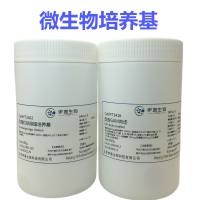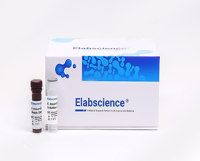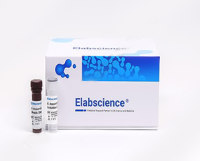Overexpression, Isolation, and Crystallization of Proteins
互联网
714
Rapid developments in recombinant technology have made it possible to overproduce selected proteins of specific interest to the levels required for structural analysis by X-ray crystallography. High-level gene expression has facilitated the purification of many proteins that are normally only expressed at low concentrations, as well as those that have proven difficult to purify to homogeneity from natural sources. Furthermore, advances in oligonucleotide site-directed mutagenesis have enabled proteins to be engineered so as to possess certain features that may confer stability or assist in then isolation. There are several examples of proteins that, despite rigorous purification from their natural source, have defied crystallization attempts, e.g., human growth hormone, but have been successfully crystallized from recombinant sources (1 ). The lack of posttranslational processing in bacterial expressed proteins can often be an advantage to the crystallographer where microheterogeneity presents a problem. Indeed, certain features or residues of a protein that are believed to impede crystal formation by preventing a close-packing arrangement may be successfully deleted by genetic manipulation without destroying its essential functionality (2 ).









